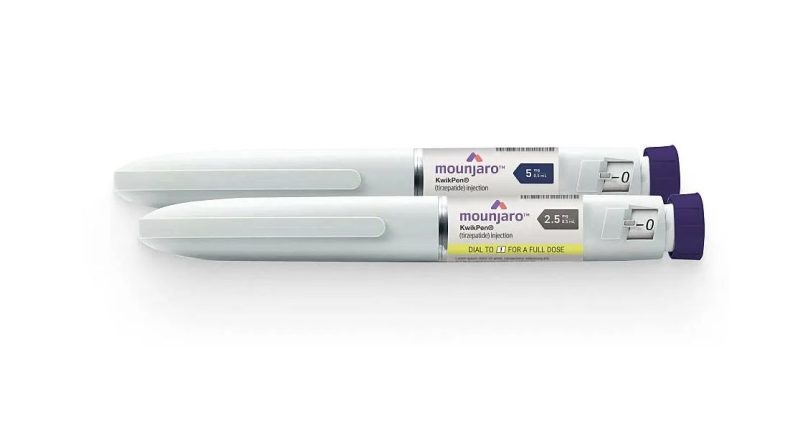Tirzepatide has emerged as the most effective treatment for lowering blood sugar and promoting weight loss in people with type 2 diabetes, according to a major new study published in Scientific Reports.
The research compared the effectiveness and safety of eight Glucagon-Like Peptide-1 Receptor Agonists (GLP-1 RAs) using a sophisticated meta-analysis of 64 randomised controlled trials involving over 25,000 adults.
Type 2 diabetes continues to rise worldwide, with more than 640 million cases expected by 2030.
- Water more beneficial for managing type 2 diabetes than diet drinks
- Managing body weight is key driver out of all lifestyle factors in reducing type 2 diabetes risk
- Alcohol-free beer linked to increased risk of type 2 diabetes and obesity
The condition increases the risk of heart disease and places a significant burden on healthcare systems.
While GLP-1 RAs are known to help control blood sugar and support weight loss, this study is the first to comprehensively rank these drugs against each other, as well as against traditional diabetes treatments such as insulin and metformin.
The analysis found that all GLP-1 RAs reduced HbA1c levels compared with placebo.
Tirzepatide delivered the greatest reduction, lowering HbA1c by an average of 2.3 percentage points. Semaglutide and liraglutide followed, though with more modest effects.
Tirzepatide also led the way in reducing fasting blood glucose levels, achieving an average reduction of 3.1 mmol/L, significantly outperforming other treatments.
Weight loss results showed an even starker difference. People taking tirzepatide lost an average of 9.1 kilograms compared to placebo, far exceeding the 2.8 kg reduction seen with Semaglutide and 1.2 kg with Liraglutide.
When measured against older treatments, tirzepatide consistently came out on top, with an average weight loss of 10 kg.
Despite these clear benefits, side effects were common across the drug class.
Nausea and vomiting were reported three times more frequently with agents like semaglutide, dulaglutide, liraglutide, and tirzepatide than with placebo.
Hypoglycaemia risks varied, with some drugs increasing episodes, while others, including liraglutide, reduced them compared with traditional medications.
- Cardiovascular events among people with type 2 diabetes reduced by quick use of statins
- New study uncovers key muscle pathways behind insulin resistance in type 2 diabetes
- Cardiovascular events among people with type 2 diabetes reduced by quick use of statins
The findings underline the growing preference for long-acting, once-weekly injections and dual-action drugs like tirzepatide, which activates both GIP and GLP-1 receptors. This dual action may explain its superior performance.
The researchers conclude that tirzepatide offers the most powerful combination of blood sugar control and weight reduction, while semaglutide also remains a strong option.
Liraglutide may still suit people at risk of hypoglycaemia or those with lower body weight. The study reinforces the need for tailored treatment choices, taking into account individual risk factors, tolerance, and clinical priorities.







